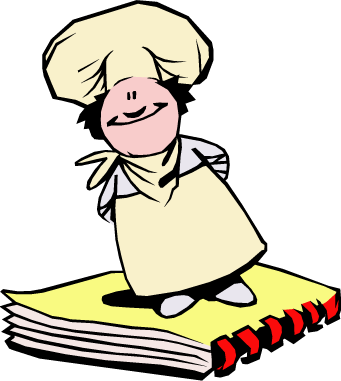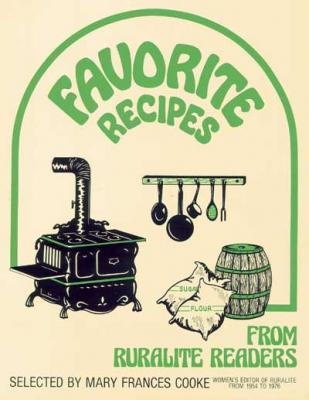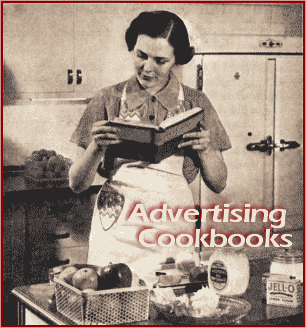How to publish your own cookbook
Every year, cookbooks are high on the list of the nation's bestsellers. The trouble is, there are so many cookbook writers and publishers that the odds of any one cookbook becoming a best seller are not much better than a new novel. But, it can be done! This article will show you how to publish your own cookbook. There are 3 approaches to publishing a cookbook for profit: accumulate popular recipe collections from other sources for public sale, collect recipes for sale to an organization or group, and create a “family” cookbook of favorite recipe collections for sale to family members.

Things you’ll need
- computer or desktop publishing sotware
- a full kitchen to test recipes
- time to do the work
- tape recorder for interviewing cookbook contributors

Procedure Steps
- When publishing recipes for public sale, the greatest challenge is getting the book to sell. There are a great deal of cookbooks on the market today, so if you want to compete successfully, you must offer something different. It should be something calculated to meet (or create) a demand so people will want to buy it. The "trick" is to convince potential buyers that your cookbook has recipes they want or don't already have and that other cookbooks don't offer.
- Probably the best way to prepare yourself to come up with a novel approach is to study what is selling currently and in particular, how it is being sold. Check the book stores, advertisements and offers you see in supermarkets and department stores. What do they cover, and more importantly, what don’t they cover.
- The approach of collecting and publishing recipes from other sources will put you in the position of publisher, author and/or editor of the cookbook. The recipes can be in virtually any category, such as, diet, ethnic foods, geographical area, beef, vegetarian, desserts, etc. Don't overlook recipes for specific groups, such as diabetics or those allergic to milk products. The recipes to use can be any that have been purchased and collected by different legitimate means.
- The approach for publishing a “family” cookbook can be a fun and profitable one. Here, you would gather recipes from one or more members of a family (yours or any family who hires you) and arrange them into a collection. These books won’t be publicly sold, so you can make them personal without the concern of having to make sales. Make sure to get comments for each recipe: who's favorite dish; where it came from, or interesting remarks—anything that will help make the cookbook truly "family." The recipes can be arranged by food categories or by family favorites.
- For a “family” cookbook, the cover and at least the main title page should be highly personalized. It should bear the family name, for example: The Jones Family Cookbook, edited by Sally Smith. Then, each section’s title page could have a cute comment, so that the complete product would reflect as many members of the family as possible. The initial copy would be for mom (or grandma), but as you might guess, there would be ample opportunity for extra copies—for the in-laws, cousins, and of course, one for each daughter when she marries!
- Charges for a “family” cookbook would be for your time and expertise as well as the amount and type of materials used. Your profit will not be on the first book, you should just about break even after the first ½ dozen copies or so. Your profit will come from sales of duplicates, for sisters, uncles, in-laws and for daughters and daughters-in-law when they marry. Once the family owns a single copy of this heirloom, they will want to pass it along, especially when they learn that additional copies are half price!
- Many book printing companies will be glad to publish and promote your cookbook, but very few (probably none) will be willing to do so on a percentage basis. They will want their money in advance. You can probably get several quotes on printing a certain number of copies, which will help equip you to get a pretty good printing price, obtain perhaps 5,000 copies at a dollar or less per copy.
- As a general rule, unless you have the funds to spare, it is best to promote your own cookbook for public sale. You do that by sending copies and price lists to possible buyers, by advertising it, personal appearances, fair booths (samples of the book’s cuisine), giving it away as prizes, running specials or any other way you can think of.
- The benefit of producing and selling a cookbook for an organization’s use only is that you will have a "guaranteed readership." Simply collect the recipes you want to use from members of the group, list the names of the contributors, and sell copies to them.
- One example of producing an organization’s recipe book is when a church group or club wants a completed cookbook to be purchased by the recipe contributors as well as other members of the congregation or club. Another option is for you to promote a community cookbook featuring the cuisine of your area. In this case you may not need to share your profits with anyone, yet people whose names are in the book will buy it, as well as those who want to "support the city."
- Although there are thousands of possibilities as to the content of a cookbook, consider something like all "southern fried chicken" recipes; meals for RV park potlucks, Cook County Cuisines, or Lake Charles Fish Recipes. Still another possibility would be a booklet for the band-boosters, Soccer Moms or a collection of recipes from senior citizens, with a percentage of the proceeds going to their organization. The latter might include family heirlooms that will be lost if they aren't preserved in your cookbook!

Tips
- The easiest way to compile recipes together for your cookbook would be on a word processor or desktop system. This particular option has an additional potential profit source for the “family” cookbook. When you prepare the Jones's cookbook, you will undoubtedly "save" it onto a disk that costs very little. Just file the disk away and let your customers know you have it and can update, re-issue or add to it whenever they wish.
- Be sure to satisfy yourself and your readers that the recipes are completely accurate and produce the desired results.
- It is usually necessary to convert recipes so that they all produce about the same number of servings (“Serves 2 dinner portions” or “Serves 4 for lunch”). There are many computer programs that automatically convert recipes to a desired yield.
- As the promoter of an organization’s cookbook, your job will be to collect, edit and organize the cookbook, arrange for printing, and then help sell it (both within and outside the organization) for a fee or percentage of sales.
Warnings
- About the only major legal problem to avoid in the area of found recipes from other sources is that it is against the law to directly copy one from a copyrighted publication.
- Many book printers will give you a package price for printing and promotion, but you can't be sure of just what their idea of "promotion" is. Most of them will send out sample copies and price lists and then wait for the orders to come in. If they come in, you do fine. If they don't, well, the printer kept his part of the bargain!
- One problem that can surface in the publication of a cookbook is bad recipes, those that have not been tested by you personally, or by someone who knows food. The warning here is to include only recipes in your cookbook that you KNOW are good.

What did you think of this tutorial?
+ 9
0 CommentsAdd a Comment




